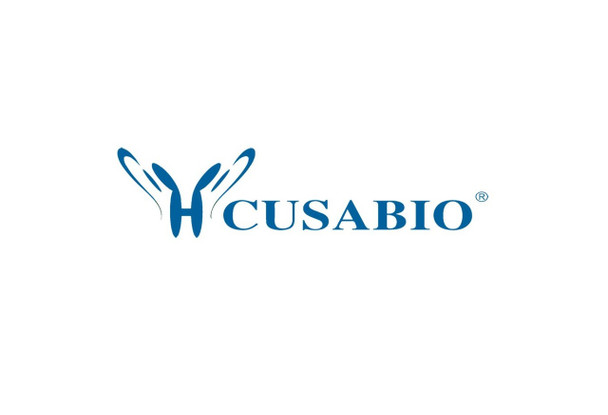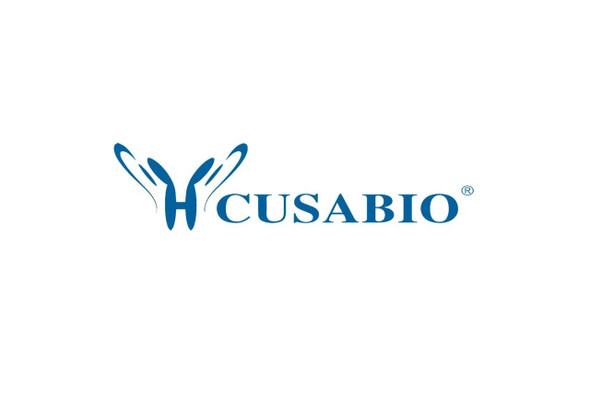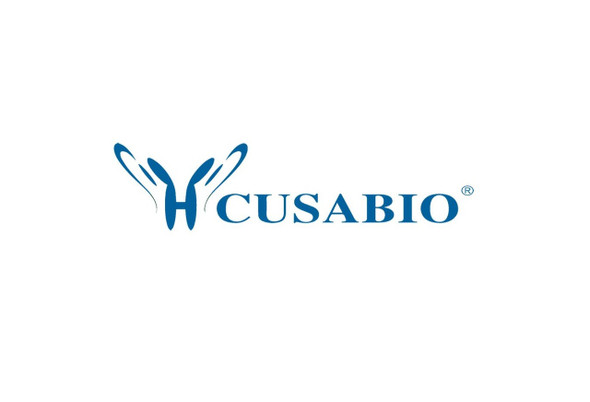Cusabio Human Recombinants
Recombinant Human Proteasome subunit beta type-8 (PSMB8) | CSB-EP018886HU
- SKU:
- CSB-EP018886HU
- Availability:
- 3 - 7 Working Days
Description
Recombinant Human Proteasome subunit beta type-8 (PSMB8) | CSB-EP018886HU | Cusabio
Alternative Name(s): Low molecular mass protein 7 Macropain subunit C13 Multicatalytic endopeptidase complex subunit C13 Proteasome component C13 Proteasome subunit beta-5i Really interesting new gene 10 protein
Gene Names: PSMB8
Research Areas: Cell Biology
Organism: Homo sapiens (Human)
AA Sequence: TTTLAFKFQHGVIAAVDSRASAGSYISALRVNKVIEINPYLLGTMSGCAADCQYWERLLAKECRLYYLRNGERISVSAASKLLSNMMCQYRGMGLSMGSMICGWDKKGPGLYYVDEHGTRLSGNMFSTGSGNTYAYGVMDSGYRPNLSPEEAYDLGRRAIAYATHRDSYSGGVVNMYHMKEDGWVKVESTDVSDLLHQYREANQ
Source: E.coli
Tag Info: N-terminal 10xHis-SUMO-tagged and C-terminal Myc-tagged
Expression Region: 73-276aa
Sequence Info: Full Length of Mature Protein
MW: 42.7 kDa
Purity: Greater than 85% as determined by SDS-PAGE.
Relevance: The proteasome is a multicatalytic proteinase complex which is characterized by its ability to cleave peptides with Arg, Phe, Tyr, Leu, and Glu adjacent to the leaving group at neutral or slightly basic pH. The proteasome has an ATP-dependent proteolytic activity. This subunit is involved in antigen processing to generate class I binding peptides. Replacement of PSMB5 by PSMB8 increases the capacity of the immunoproteasome to cleave model peptides after hydrophobic and basic residues. Acts as a major component of interferon gamma-induced sensitivity. Plays a key role in apoptosis via the degradation of the apoptotic inhibitor MCL1. May be involved in the inflammatory response pathway. In cancer cells, substitution of isoform 1 (E2) by isoform 2 (E1) results in immunoproteasome deficiency. Required for the differentiation of preadipocytes into adipocytes.
Reference: "The major histocompatibility complex-encoded proteasome component LMP7: alternative first exons and post-translational processing." Glynne R., Kerr L.A., Mockridge I., Beck S., Kelly A., Trowsdale J. Eur. J. Immunol. 23:860-866(1993)
Storage: The shelf life is related to many factors, storage state, buffer ingredients, storage temperature and the stability of the protein itself. Generally, the shelf life of liquid form is 6 months at -20?/-80?. The shelf life of lyophilized form is 12 months at -20?/-80?.
Notes: Repeated freezing and thawing is not recommended. Store working aliquots at 4? for up to one week.
Function: The proteasome is a multicatalytic proteinase complex which is characterized by its ability to cleave peptides with Arg, Phe, Tyr, Leu, and Glu adjacent to the leaving group at neutral or slightly basic pH. The proteasome has an ATP-dependent proteolytic activity. This subunit is involved in antigen processing to generate class I binding peptides. Replacement of PSMB5 by PSMB8 increases the capacity of the immunoproteasome to cleave model peptides after hydrophobic and basic residues. Acts as a major component of interferon gamma-induced sensitivity. Plays a key role in apoptosis via the degradation of the apoptotic inhibitor MCL1. May be involved in the inflammatory response pathway. In cancer cells, substitution of isoform 1 (E2) by isoform 2 (E1) results in immunoproteasome deficiency. Required for the differentiation of preadipocytes into adipocytes.
Involvement in disease: Nakajo syndrome (NKJO)
Subcellular Location: Cytoplasm, Nucleus
Protein Families: Peptidase T1B family
Tissue Specificity:
Paythway:
Form: Liquid or Lyophilized powder
Buffer: If the delivery form is liquid, the default storage buffer is Tris/PBS-based buffer, 5%-50% glycerol. If the delivery form is lyophilized powder, the buffer before lyophilization is Tris/PBS-based buffer, 6% Trehalose, pH 8.0.
Reconstitution: We recommend that this vial be briefly centrifuged prior to opening to bring the contents to the bottom. Please reconstitute protein in deionized sterile water to a concentration of 0.1-1.0 mg/mL.We recommend to add 5-50% of glycerol (final concentration) and aliquot for long-term storage at -20?/-80?. Our default final concentration of glycerol is 50%. Customers could use it as reference.
Uniprot ID: P28062
HGNC Database Link: HGNC
UniGene Database Link: UniGene
KEGG Database Link: KEGG
STRING Database Link: STRING
OMIM Database Link: OMIM









